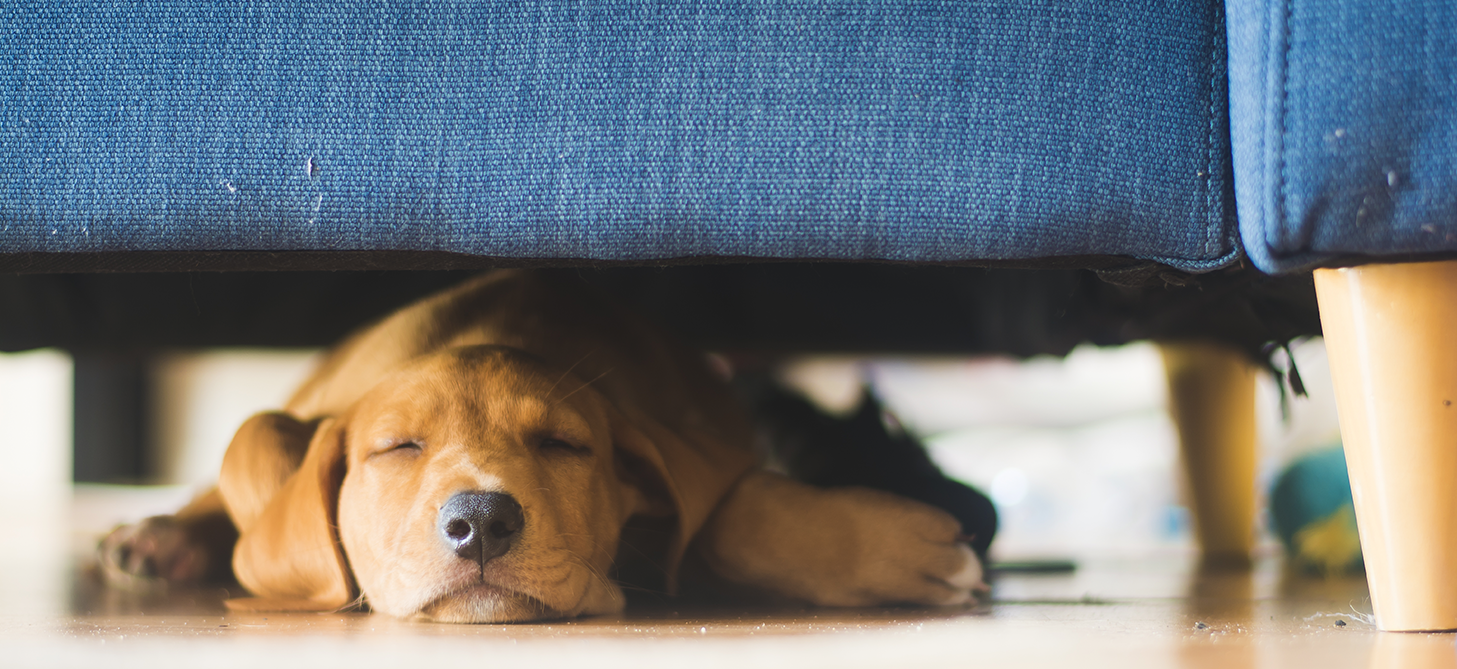Summertime means hot weather and humid conditions. For pet owners in Florida, it means keeping your furry friend safe from the heat. Whether you have a cat or dog, there are different things for pet owners to keep in mind, especially if your pet goes outside regularly. But it’s also important to be mindful of the heat for indoor pets, too. Here are a few tips from Florida Animal Friend to help make sure your pet stays cool and safe this summer.
Summer Safety
Hot cars and hot pavement are dangerous for our pets, so when temperatures rise be sure to practice pet heat safety.
First and foremost, never, ever leave your pet alone in a vehicle. Even if the AC is it’s turned off and the windows are cracked, the temperature inside a car rises much faster and higher than it does outside. Within 10 minutes, the inside of a vehicle can reach upward of 120 degrees in direct sunlight. If you’re driving with your pet and need to make a quick stop, bring them inside with you, use the drive-through, or return to your errand once your pet is safe at home in a more comfortable setting. Also, pets are easily stolen from cars when left alone with windows rolled down.
Pavement can also be unbearable for your pets in the summer heat, burning their paws and paw pads. If you’re curious about what temperature is too hot for a dog to walk outside, remember that if it’s too hot for you to walk on with your bare feet, it’s too hot for them. Hot pavement isn’t just painful for their paws, though. Since they’re so close to the ground, the heat coming off the pavement can overheat their bodies and faces, too. To alleviate the heat, purchase pet booties and cooling vests to protect their paws when you go for walks. If your pet is small in size, you can also carry them in a pet stroller or backpack to keep them off the hot ground.
Provide Ample Water
Pets need access to fresh, clean water at all times, especially in hot weather. Set out multiple bowls of water in different areas of your home and check them frequently to make sure they stay full and haven’t been tipped over. If you’re going on a walk or hike with your pet, bring along a portable water bowl and water for them to drink.
Cool treats are also a favorite summertime refreshment! Pet popsicles are available at pet stores and they’re also easy to make by freezing water or pet-safe broth in an ice cube tray. You can also add ice cubes to your pet’s water bowl. It’s a treat for dogs or indoor cats during hot weather temperature spikes.
Prepare for Power Outages and Storms During and After Hurricanes
Power outages can happen at any time, so it’s important to prepare for them so your pet is comfortable, especially in the summer and during hurricane season. Keep extra bottled water in your home for your pet, and store some in the refrigerator or freezer, too, so they have cool water in the event the power is off for an extended period of time. If your pet’s food is primarily refrigerated, ensure you have additional food as a backup that doesn’t need to be refrigerated.
As you prepare for the potential of summer storms, ensure you have enough supplies like food, water, medications, treats, toys, and other things set aside for these emergencies. If you have a cat, it’s a good idea to keep an extra litter pan, litter, and liners in case you need to evacuate.
Watch Out for Heatstroke
As the temperatures start to rise, it’s important to be aware of the dangers of heatstroke in pets. Pets can suffer from heatstroke if they are left in cars or outside for too long without access to shade and water. They can also suffer heat stroke indoors without proper air conditioning, fans and other ventilation.
Symptoms of heatstroke in both cats and dogs include:
- Elevated body temperature exceeds 103. (Include a thermometer in your pet’s first aid kit).
- Excessive panting
- Drooling
- Elevated breathing rates
- Dry or sticky gums and abnormal gum color
- Vomiting
- Lethargy, seizures, or disorientation
If your pet is showing any of these signs, immediately move them to a cool area with continuous airflow and offer them water. You should also contact your veterinarian as soon as possible. Cool water (not cold) may be poured over the head, stomach, armpits, and feet.
Indoor cats are also at risk of heatstroke during hot weather. Keep your indoor cat cool by placing fans around your home and misting them with water on occasion. Cooling pads can be located in areas where your cat likes to sleep or hide.
As the summer heat starts to pick up, it’s important to be mindful of temperatures and practice safety measures to keep your pet safe, cool, and comfortable. With these tips from Florida Animal Friend, you can make sure your pet stays safe when temperatures rise this summer.
